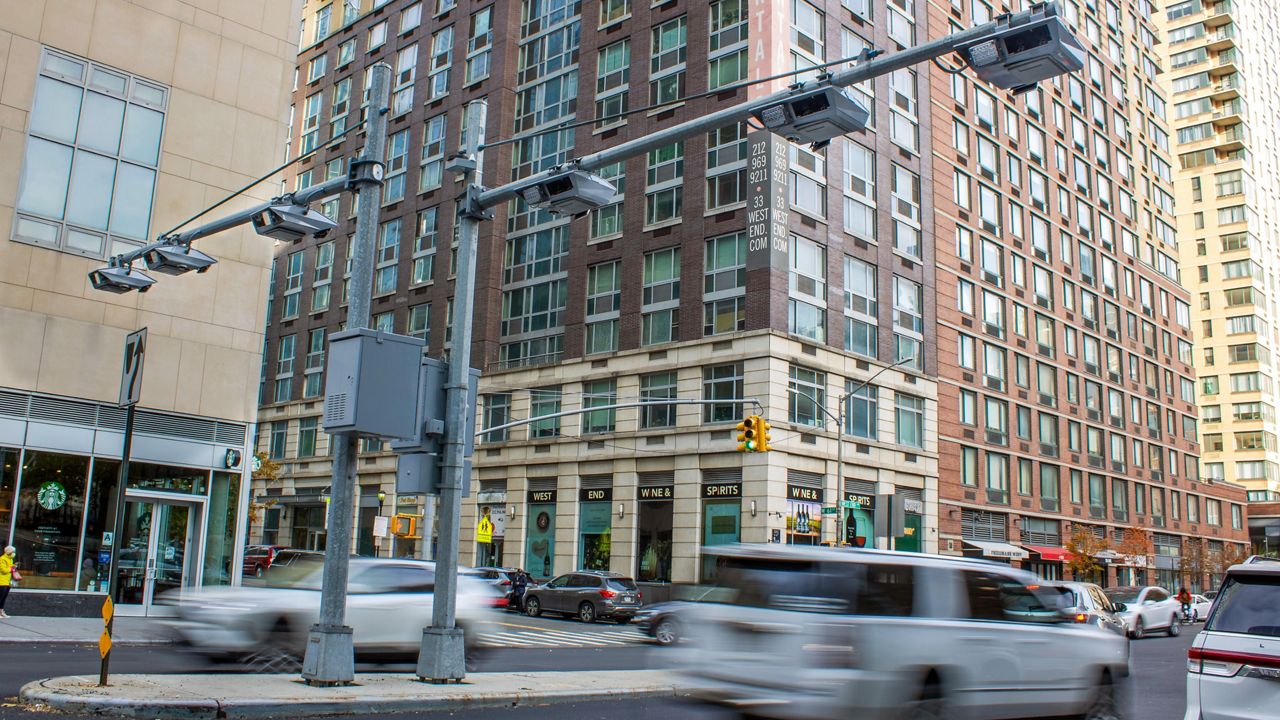It looks like congestion pricing is one step closer to reality now that the Traffic Mobility Review Board or TMRB's recommendations for the toll pricing have been unveiled.
The plan for a new toll to travel south of 60th Street does come amid two lawsuits out of New Jersey and plenty of objections. But it also comes after several public comment sessions and meetings, with different proposals, including a toll as high as $23. TMRB chair Carl Weisbrod explained what guided the board.
“How do we serve the many, not the few,” he said. “And how do we be as fair as possible.”
What You Need To Know
- Cars will pay $15 per day to drive below 60th street
- The Traffic Mobility Review Board said the guiding principle was fairness
- The plan is expected to generate $1 billion for the MTA’s capital plan
- There are many discounts including for drivers taking various tunnels into the city and for-hire vehicles
The "many" Weisbrod referenced are the nine out of 10 people who use public transit to go to work in the central business district. The few, although a significant amount, are the 900,000 vehicles that enter the zone daily, many who may not think the $15 dollar a day fee is fair.
“The way we kept that base toll as low as we possibly could was first by limiting exemptions,” Weisbrod said. “We had, as many of you know, requests for well over 120 exemptions.”
The proposal does offer some discounts, however: Cars will be charged $15 from 5 a.m. to 9 p.m. on weekdays and 9 a.m. to 9 p.m. on weekends. That will go down to $3.75 overnight.
Small trucks will pay $24 and large trucks will pay $36. Both will get a 75% discount overnight.
There will be a $5 rebate for drivers, including trucks, going through the Holland, Lincoln, Hugh Carey, and Queens Midtown Tunnels. The rebate, however, won’t apply overnight.
Yellow taxis avoid the toll, instead passing a $1.25 fare charge onto their passengers. For-hire vehicles like Uber and Lyft will charge passengers an extra $2.50 a ride.
The plan is expected to generate $1 billion for the MTA’s capital plan to back $15 billion in bonds for things like the Second Avenue subway and other critical infrastructure.
Congestion pricing is also expected to reduce pollution and, naturally, congestion. Although the board predicts only a 17% reduction in cars—roughly 153,000 a day.
“Absent this, we’re going to be choking in our own traffic for years to come,” Weisbrod said. “And the MTA is not going to have the funds necessary to provide quality service.”
The proposal is just the first step and must be voted on by the MTA board. Then there is a 60-day review and public comment period. The board could make changes before giving final approval and even after it goes into effect, which is expected in the spring, it will be monitored and possibly modified.




